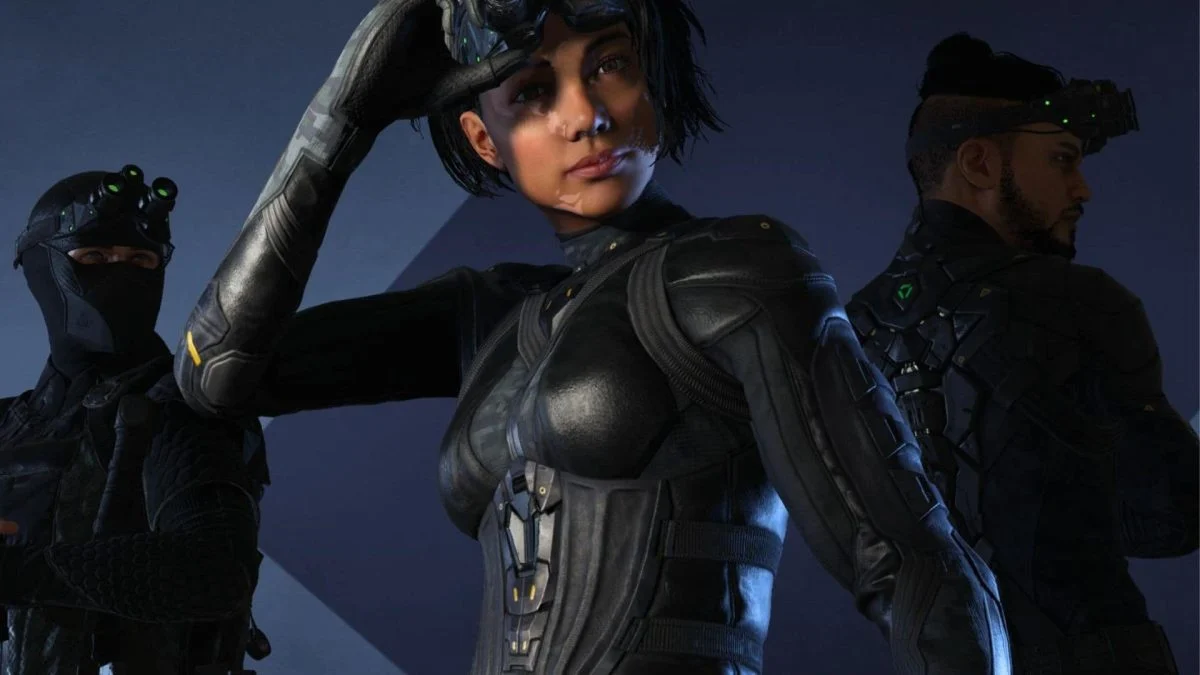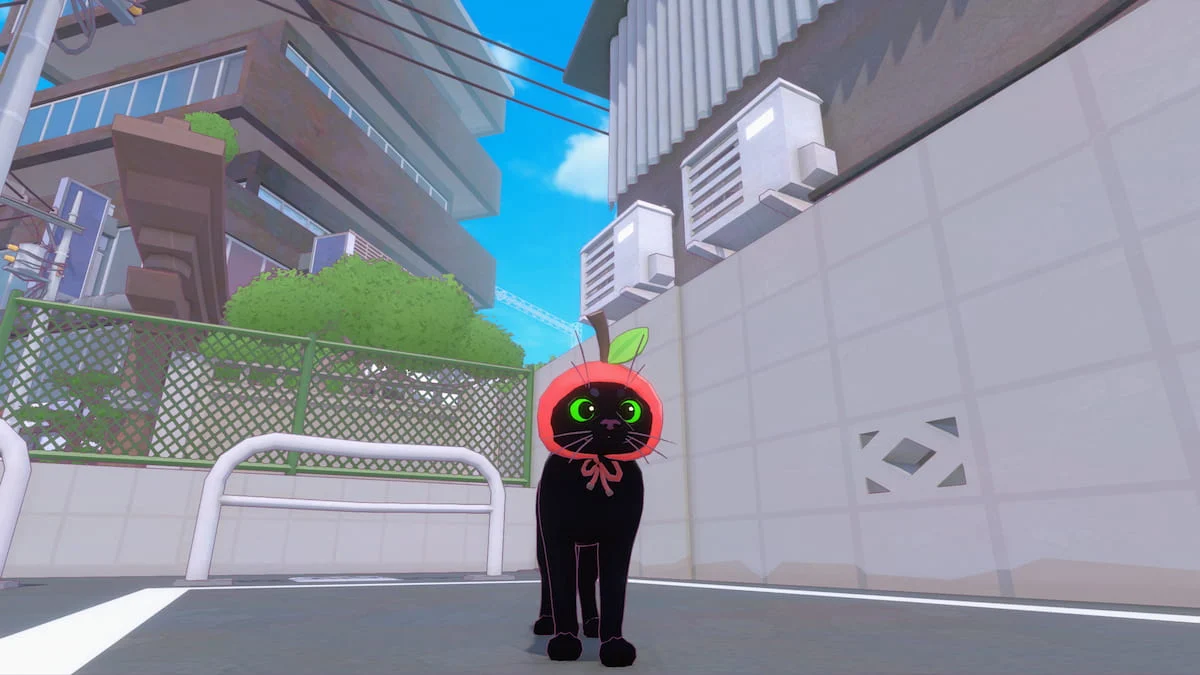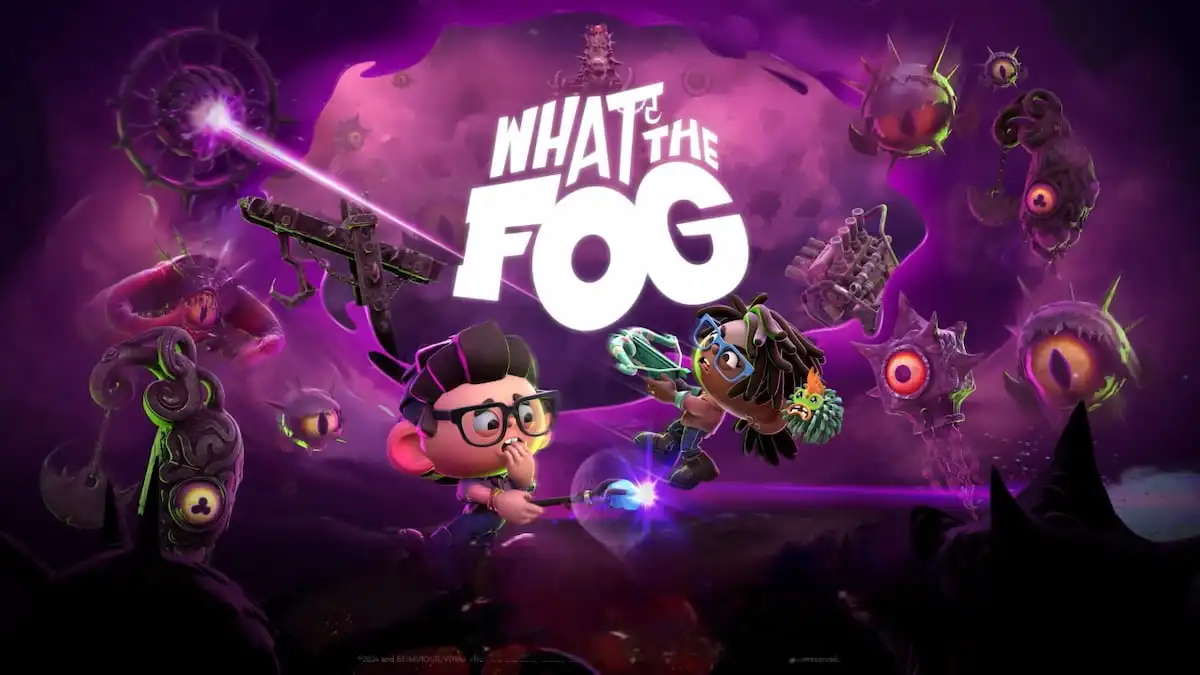1) AI Upscaling<\/h3>
AI may be a scary term in the world of video games, and for good reason, but at least in the PS5 Pro’s case it’s not being used for evil. AI upscaling is something companies like Nvidia have already been experimenting with, using machine learning to make images sharper at runtime without compromising framerate. In layman’s terms, it’s like a post-processing filter that doesn’t put much further strain on the console, and this is the first time it’s been used in a home console. It’s not just for PC anymore!<\/p>
2) PS5 Pro Game Boost<\/h3>
In a nutshell, this is PlayStation’s answer to Xbox’s FPS Boost. The vast majority of the PS4 library\u2014almost 9,000 games, according to Sony\u2014will be able to automatically take advantage of the PS5 Pro’s increased performance<\/a> for higher framerates and even boosted resolution. While a full list of games isn’t yet available, the prospect of being able to play Bloodborne<\/em> at 60 FPS might get me to cave. You won’t be able to use your physical library for this, though, as the PS5 somewhat bafflingly ships without a disc drive<\/a>, which must be purchased separately. At this rate, I expect the PS6 to come without the outer shell.<\/p>
3) PS5 Pro Enhanced<\/h3> When the PS4 Pro came out a lifetime ago, certain games received updates to take advantage of the new hardware for a smoother, prettier experience, and the PS5 Pro is no different. Higher framerates, better resolution, more detailed graphics. and more abound, with the catch that PS5 games must be manually updated by the developer to support the PS5 Pro. Sony provided a sampler list of games like Alan Wake 2<\/a><\/em>, The Last of Us Part 2<\/a><\/em>, and Horizon: Forbidden West<\/em> that will be receiving these enhancements, with promises of more to come.<\/p>
4) Ray Tracing Support<\/h3> Ray tracing may be a little bit of a buzzword by now, but it does make for some stunning lighting. Sony made a big deal out of the PS5 Pro’s ray tracing capabilities in its reveal, showing off dazzling gameplay of Jedi Survivor<\/a><\/em> and Horizon<\/em>. Supposedly, the PS5 Pro will be a ray tracing machine, allowing for more refraction and triple the rendering speed of the base PS5. The future is looking bright.<\/p>
5) Stronger GPU<\/h3> An overall hardware boost might have been expected from a mid-gen refresh like this, and was certainly necessary here to justify the massive price tag<\/a>, but the leap here is significant. As explained by system architect Mark Cerny, Sony’s aim with the Pro was to eliminate the pervasive graphics\/performance choice altogether, which it seems to have more than handled. No longer will you have to choose between crisp resolution and smooth gameplay; you can have your games and eat them too (please don’t eat your games.) Its specs have also gotten a boost across the board<\/a>, of course, but the GPU was the main highlight of the presentation.<\/p>
While the price tag may inspire uncomfortable memories of the PS3’s announcement, it’s still exciting to think that all of this power will be in our hands as early as November<\/a>. Not that it’ll be even remotely accessible given that $700 asking price\u2014if that’s out of your budget, there’s absolutely nothing wrong with picking up a base PS5<\/a>, which is only going to get cheaper<\/a> once the Pro hits the market. As long as it can run Grand Theft Auto 6<\/a><\/em> without exploding, it’s good enough for modern gaming.<\/p>","protected":false},"excerpt":{"rendered":"
Ray tracing may be a little bit of a buzzword by now, but it does make for some stunning lighting. Sony made a big deal out of the PS5 Pro’s ray tracing capabilities in its reveal, showing off dazzling gameplay of Jedi Survivor<\/a><\/em> and Horizon<\/em>. Supposedly, the PS5 Pro will be a ray tracing machine, allowing for more refraction and triple the rendering speed of the base PS5. The future is looking bright.<\/p>





